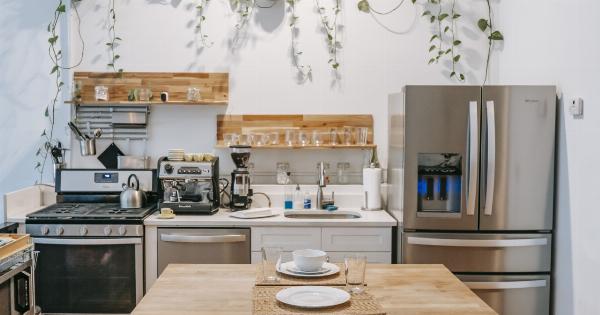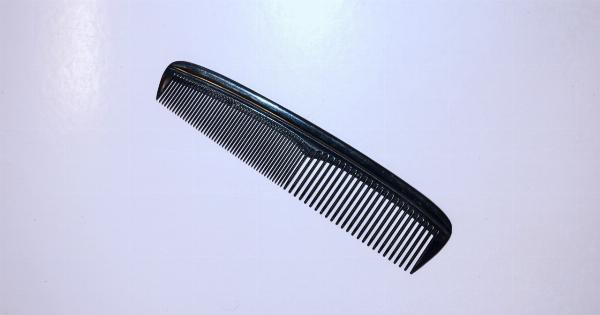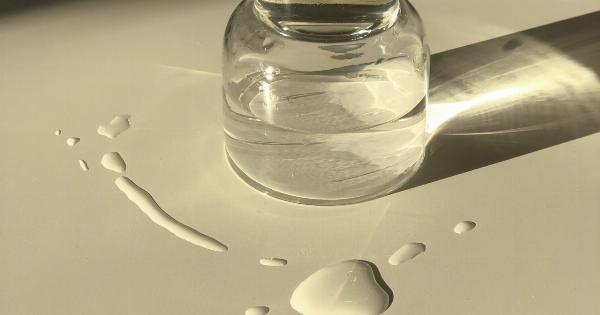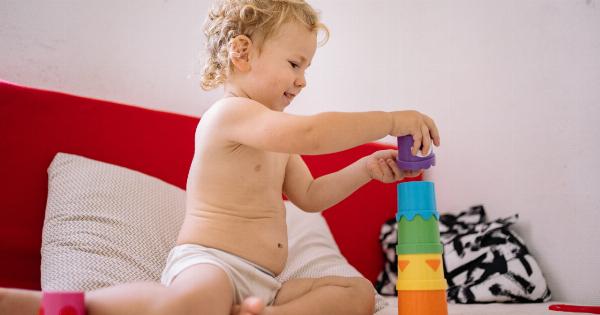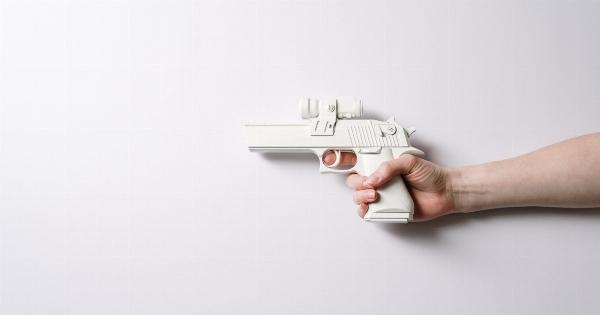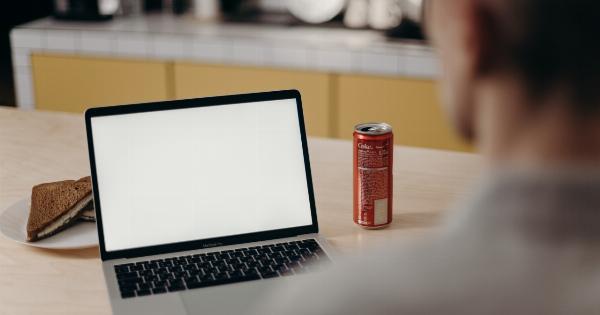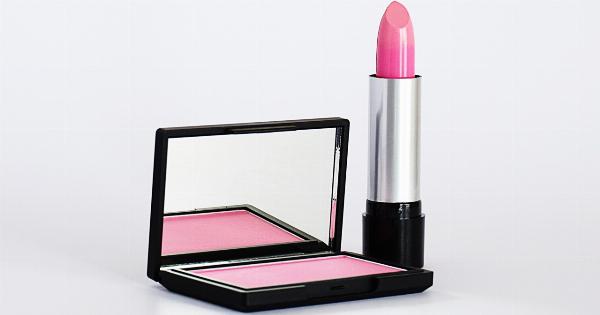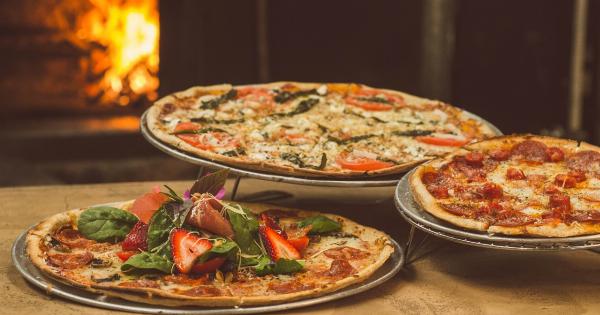In today’s fast-paced world, the microwave has become an essential appliance in most households. It offers convenience and efficiency, allowing us to quickly heat up leftovers or prepare ready-to-eat meals.
While microwaving food is generally safe, there are concerns about using plastic containers in the microwave and the potential health risks associated with it. In this article, we will delve into the topic of plastic containers and microwave safety, providing you with the information you need to make informed choices for your health and well-being.
The Different Types of Plastic
Plastic containers come in various types, and not all plastics are microwave-safe. It is crucial to understand the different types of plastics to ensure safety when using them in the microwave.
Polypropylene (PP): This type of plastic is considered microwave-safe and is commonly used in food storage containers and microwave-safe plastic wraps.
It has a high melting point and can withstand the heat generated in microwave ovens without leaching harmful chemicals into the food.
Polycarbonate (PC): Polycarbonate is a tough and durable plastic often used in the manufacturing of water bottles, baby bottles, and food storage containers.
However, studies have shown that when heated, polycarbonate containers may release a potentially harmful chemical called bisphenol A (BPA) into the food or liquid. Therefore, it is advisable to avoid using polycarbonate containers in the microwave.
Polyethylene (PE) and Polyethylene Terephthalate (PET): These plastics are commonly used in disposable food containers, plastic bottles, and food packaging.
While they are generally safe for use in the microwave, it is essential to check for any labeling or instructions indicating their microwave-safety status.
Check for Microwave-Safe Labels
When using plastic containers in the microwave, it is crucial to check for any labels or instructions indicating their microwave-safety status.
Manufacturers often label their containers as “microwave-safe” or include specific instructions for microwave use. These labels provide assurance that the containers have been tested to withstand the heat generated in the microwave without leaching harmful chemicals into the food.
If a plastic container does not have a microwave-safe label, it is best to transfer the food to a microwave-safe glass or ceramic container for heating.
It is not worth taking the risk of using containers that have not been explicitly designed and tested for microwave use.
Avoid Heat and Stain Resistant Plastics
Plastics often used for heat and stain resistance, such as melamine and polyvinyl chloride (PVC), should not be used in the microwave. These plastics can release toxic chemicals when exposed to high temperatures, risking their transfer into the food.
It is crucial to check the recycling codes or labels on plastic containers and avoid using those labeled with numbers 3, 6, or 7 for microwaving.
Don’t Use Plastic Wrap as a Cover
Plastic wrap is a common kitchen item used to cover containers during microwave heating. However, not all plastic wraps are suitable for microwave use.
Some plastic wraps may melt, leach chemicals, or even catch fire in the microwave if they come into direct contact with the food or get too close to the heating elements.
When using plastic wrap in the microwave, make sure it is labeled as microwave-safe. It is also important to leave an opening or vent in the wrap to allow steam to escape.
This prevents the build-up of pressure, which can cause the wrap to burst or release hot steam upon removal.
Use Microwave-Safe Covers or Lids
Instead of using plastic wrap, opt for microwave-safe covers or lids when heating food in the microwave. These covers are specifically designed to withstand the heat without releasing harmful chemicals or causing accidents.
They come in various materials such as silicone, glass, or microwave-safe plastic.
Before purchasing microwave-safe covers, ensure that they are explicitly labeled for microwave use. It is also advisable to follow the manufacturer’s instructions regarding their safe usage and care.
This ensures prolonged use and minimizes any potential risks.
Avoid Overheating or Microwaving Greasy Foods
Overheating plastic containers, especially when they are empty or contain very little moisture, can cause the plastic to melt or leach chemicals into the food.
It is essential to use microwave-safe containers and monitor the heating time and temperature to avoid any mishaps.
Microwaving greasy or oily foods in plastic containers can also pose a risk. The high temperatures can cause the fats or oils to reach their smoking point, leading to potential fires or even explosions.
It is advisable to transfer greasy foods to microwave-safe glass or ceramic containers and use extra caution when heating them.
What to Do If Containers Melt or Warp
In some instances, plastic containers may melt or warp due to exposure to high temperatures in the microwave. If you notice any deformation or melting of the container, it is essential to follow these steps:.
- Stop the microwave: Immediately turn off the microwave to prevent further damage or accidents.
- Remove the container: Use oven mitts or gloves to carefully remove the container from the microwave. It may be hot and unsafe to touch directly.
- Inspect the food: Check the food for any signs of contamination. If there are melted plastic particles in the food, it is best to discard it.
- Ventilate the area: Open windows or use fans to ventilate the area and eliminate any lingering odors or fumes.
- Dispose of the container: Depending on the extent of the damage, it may be necessary to dispose of the container. Do not reuse melted or deformed plastic containers for food storage or microwave use.
Conclusion
While microwaving food in plastic containers is generally safe, it is essential to consider the type of plastic being used and follow recommended guidelines.
To ensure microwave safety, opt for microwave-safe containers and covers, avoid using plastic wraps that are not labeled as microwave-safe, and check for any signs of damage or melting. By being mindful of these precautions, you can enjoy the convenience of the microwave without compromising your health and well-being.

